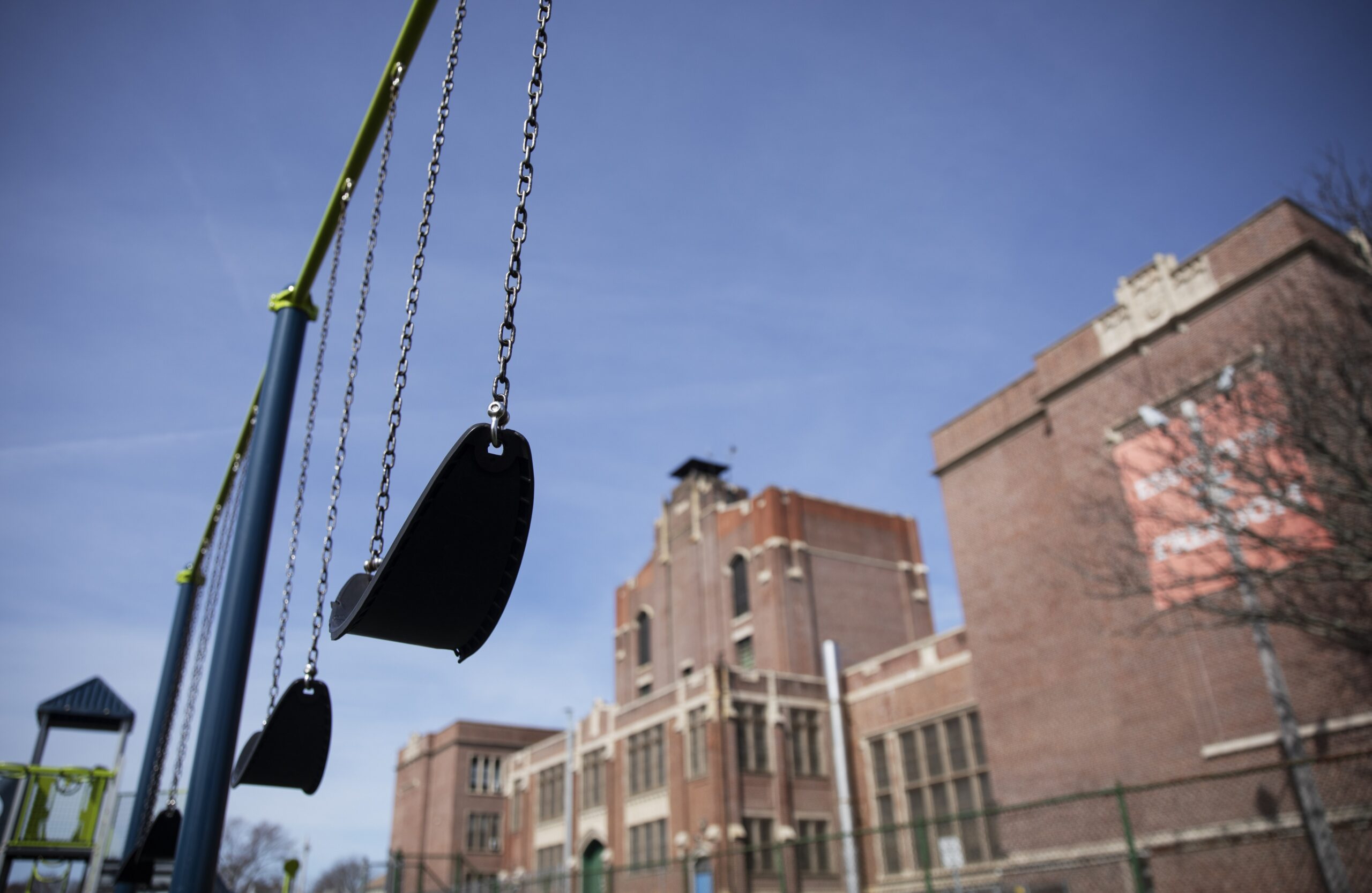Year over year, the chronic absenteeism rate in Wisconsin is down nearly 2 percentage points.
But the state Department of Public Instruction says some students continue to remain absent from school more than others.
New data shows chronic absenteeism rates — how often students miss more than one in 10 school days — fell from 19.5 percent in the 2022-23 school year to 17.7 percent in the following school year. However, the rate is 29.5 percent for students from low-income families in the most recent available data set.
News with a little more humanity
WPR’s “Wisconsin Today” newsletter keeps you connected to the state you love without feeling overwhelmed. No paywall. No agenda. No corporate filter.
Julie Incitti, a school social work consultant for the state DPI, said low-income families can face complex challenges, ranging from health issues to transportation needs to added responsibilities like child care and work.
She told WPR’s “Wisconsin Today” that chronic absenteeism creates a compounding problem. If students are chronically absent as early as kindergarten, it can lower math and reading scores in third grade. Students who are not on track by third grade then go on to have more challenges in fifth and sixth grades.
And by the time students reach ninth grade, they have a lower likelihood of graduating.
Incitti works across the state with districts on how to get students back in the classroom. Some solutions she has seen are eliminating school fees for certain classes and creating community mentors who work with students one on one.
The best way to get students back in school, she said, is to involve students, families, school personnel and the community.
“Research would indicate that the most effective long-term solutions to chronic absenteeism are actually connected to increasing school belonging for students and for families, and for really working on individual solutions to whatever the barriers that that individual student or family is facing,” she said.
In 2023, Janesville’s school district secured free bus passes year-round so students could have free transportation to school, programs and summer classes.
“We don’t want to put into place any kind of interventions that might make families feel alienated or disconnected from the school, or that schools are not actually their partners in this,” she said.
She said chronic absenteeism rates still remain high compared to pre-pandemic levels. For instance, the chronic absenteeism rate never went above 13 percent from 2006 to 2019.
Appleton schools leader wants truancy ordinance
Appleton Area School District Superintendent Greg Hartjes said there is an increase in mental health challenges for students in his district. He partially attributes that to why students miss class at higher rates.
The chronic absenteeism rate in Appleton is down from 17 to 15.2 percent. But at the high school level, about 25 percent of students remain chronically absent. That includes about 20 high school students who have missed 100 days of school this year, Hartjes said.
“We just simply know that kids are going to struggle to be successful when they miss that many days of school,” he said.
In March, Hartjes requested that Appleton’s city council create a truancy ordinance to enforce the state law requiring students ages 6 to 18 to attend school. This, he said, would create an enforcement mechanism through the city when students are habitually truant.
Appleton previously had a truancy ordinance that was revoked in 2019 due to concerns over punitive measures and a “truancy court,” where students were sometimes fined, forced to wear electronic ankle monitoring or even jailed for being absent.
Hartjes said he has no interest in bringing back truancy court or reinstating punitive measures such as detention or suspension for students.
But with some students, he feels the district has exhausted all options. And he added truancy ordinances are common around the state, including in places like Madison, Green Bay and Milwaukee County, all of which can fine families for truant students.
But there is debate on whether punitive measures like ticketing or involvement with law enforcement encourages students to go to class or causes further harm to families, especially low-income families.
Although Incitti did not speak directly to what Hartjes is wanting for Appleton, in 2021 the agency published a guide on best practices for reducing truancy that said truancy laws should deter skipping school, encourage student attendance and encourage caregivers to get kids to school. But laws should not shame and blame, increase the school-to-prison pipeline, reduce connection to the school system or impose fines on families as a first step.
Incitti said the problem of absenteeism is very complex and no one solution will solve it overnight.
“We need school leaders and community partners to stay in the game for the long haul because these are complex challenges to find solutions to,” she said. “We can have communities that are thriving with lots of graduating students who can then go on to be really productive members of our communities.”






